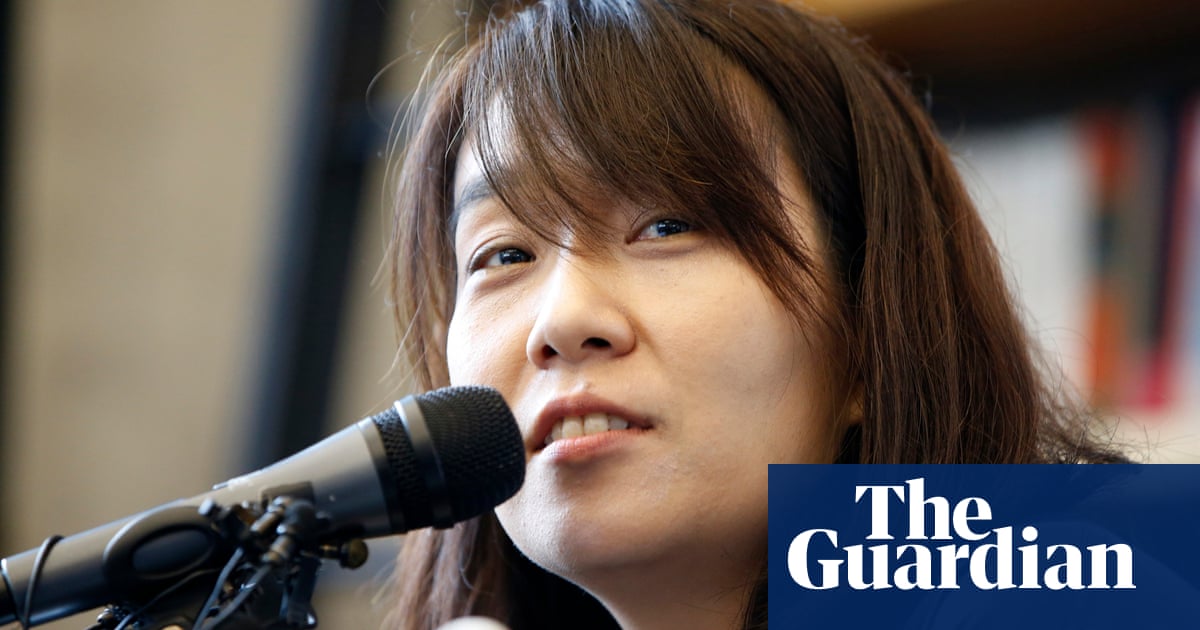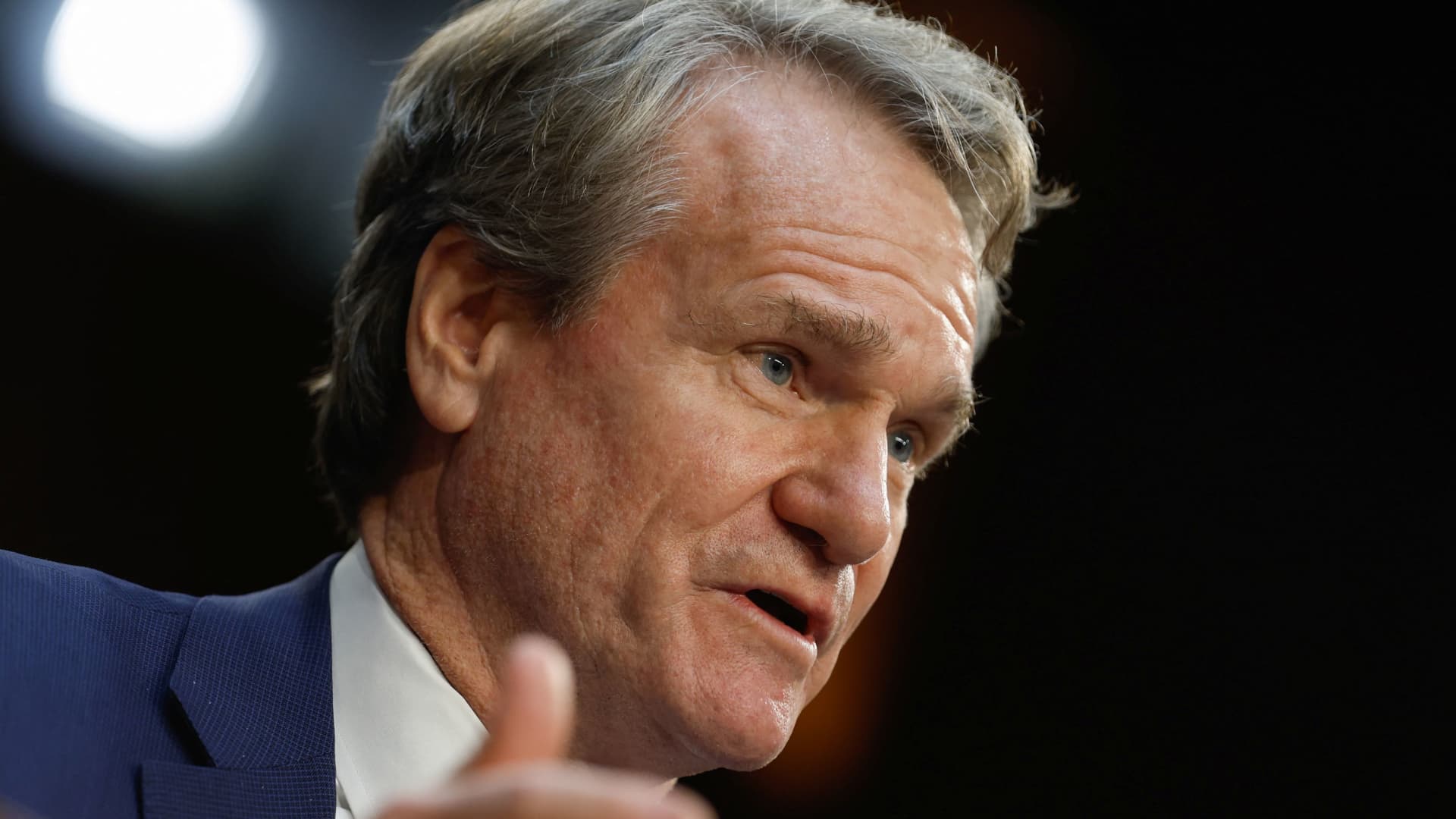
The essential ingredient of any vaccination programme? Women | Sania Nishtar and Svenja Schulze
When confronting diseases such as polio in Gaza and mpox outbreaks in some African countries, we must remember one of the biggest lessons ever learned in global health: women are essential to a solution.
Look at polio ? a highly infectious disease caused by the poliovirus, which can result in disability, paralysis or death. In most countries, vaccinators are predominantly women, and yet women may face barriers in delivering vaccine services due to sexual harassment and violence, unsafe working conditions, poor or irregular pay and heavy workload.
These factors must all be taken into account when planning and implementing vaccination programmes as, done right, they expand access substantially. In a nutshell: if we want to eradicate polio, we must identify and overcome gender-related barriers.
One successful example for such approaches comes from south-east Africa. In February 2022 ? two years after the entire African continent had been declared polio free ? authorities detected the wild poliovirus in the Malawian capital, Lilongwe. In the following months, health workers in Malawi and four neighbouring countries vaccinated more than 50 million children and stepped up surveillance and community outreach. Within 26 months they had ended the outbreak. This response was so successful because it was designed around the roles, attitudes and beliefs of affected women as well as female caregivers.
By using such gender-transformative concepts, it will be possible to end polio once and for all
Health workers overcame gender-related barriers to immunisation by leading vaccination teams consisting equally of men and women. In this way, they could reach the affected communities at markets, schools and health facilities. They could foster dialogue with men and women, ensuring everyone was informed to participate in vaccination campaigns. They also identified disparities in the number of boys and girls receiving vaccines, by studying disaggregated data ? and were able to take them into account. Ultimately, this led to improved access to and uptake of vaccines. Today, the continent remains free of the wild poliovirus.
By using such gender-transformative concepts, it will be possible to end polio once and for all, even in the last two polio-endemic countries, Pakistan and Afghanistan. In Pakistan, for example, several programmes already include women-centred solutions ? but more gender mainstreaming is necessary and more women need to be at the forefront of campaign planning, elevating the role of women and girls in healthcare and immunisation services.
Another example is the fight against the human papillomavirus (HPV). The virus causes cervical cancer ? a disease that kills more than 350,000 women each year, predominantly in low-income countries with insufficient screening and treatment. To promote vaccination, in many places it is necessary to overcome stereotypes associated with immunisation against the virus, which can be transmitted through sexual contact. Several programmes have been creative in addressing these issues. In east Africa, the women-led NGO Girl Effect engages communities. In Nigeria, the influence of first ladies, the wives of state leaders, has built support for vaccination. Together with easy access, often through schools and colleges, more than 14 million girls in 38 countries were immunised against HPV in 2023, eclipsing the total of the preceding 10 years.
From mothers making the choices about the future and health of their families to the underpaid and underappreciated female health workers vaccinating children in challenging and dangerous conditions, women are crucial in achieving the UN?s global health goal, ensuring healthy lives and promoting wellbeing for all.
Now, as we look towards 2030 and the ambition of all the UN?s sustainable development goals, leaders must play their part in making gender equality a reality. Women need to be put at the centre of immunisation programmes.
Gavi, the Vaccine Alliance, has a target of vaccinating at least 500 million children between 2026 and 2030, including more than 120 million girls with the HPV vaccine. The Global Polio Eradication Initiative (GPEI) has the ambition of ensuring no child anywhere will ever again be paralysed by poliovirus. Both are committed to tackling the injustice that millions of children have never received a single dose of any vaccine. The not-so-secret strategy to achieving these targets is obvious: put women and girls front and centre.
This is why we, both global health and gender champions of the GPEI, call for more women in leadership roles to push crucial gender-transformative actions. This week the World Health Summit is being held in Berlin. We call on the leaders attending to show commitment to the progression of gender equality in global health and to make sure all children, wherever they are, have equal access to vaccines.
Dr Sania Nishtar is the chief executive officer of Gavi, the Vaccine Alliance and Svenja Schulze is Germany?s federal minister for economic cooperation and development






